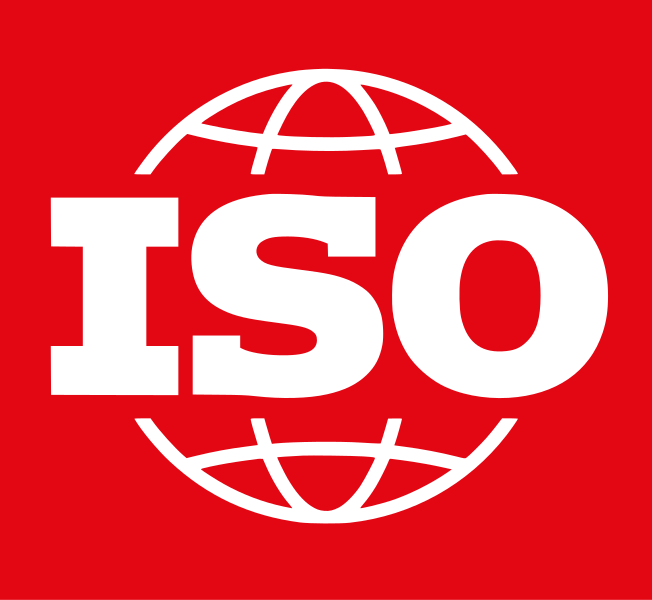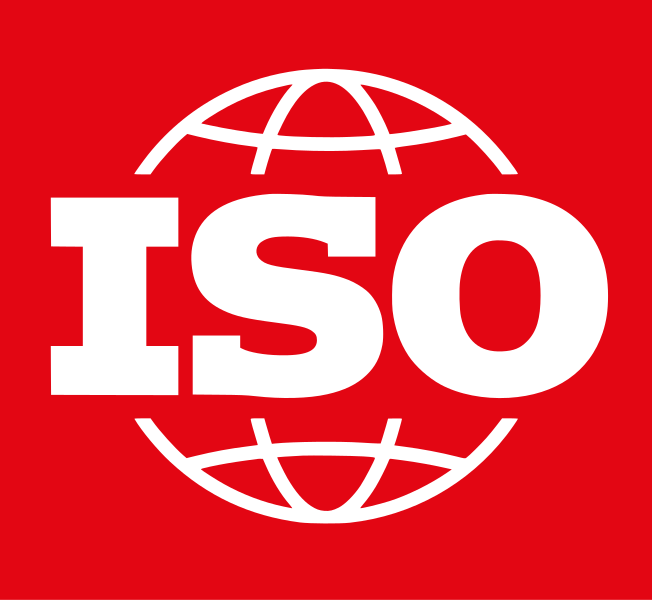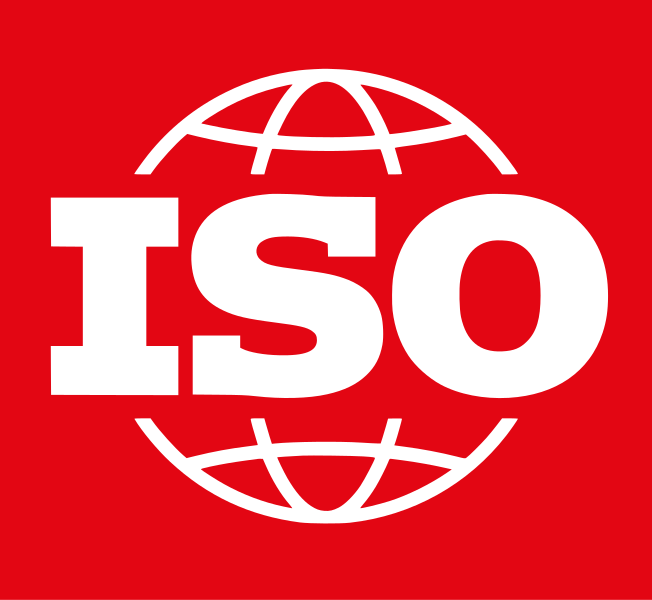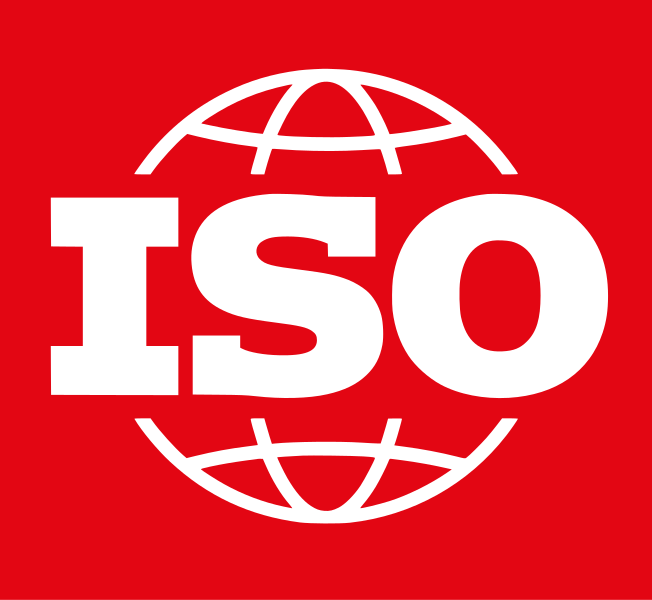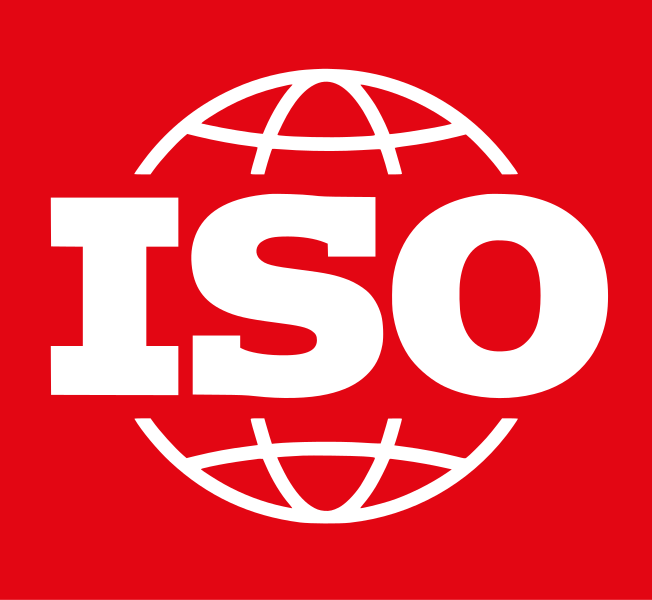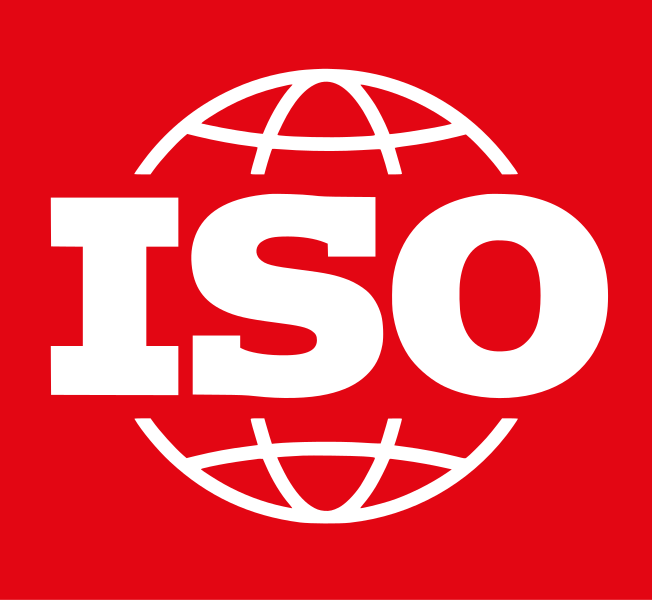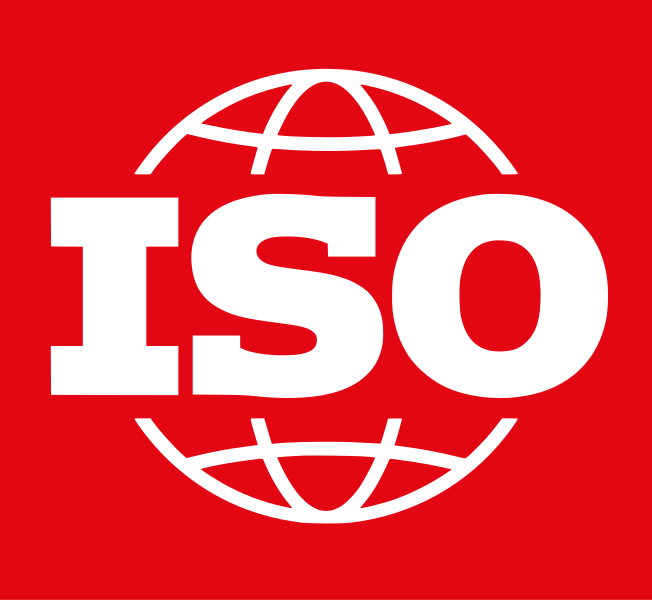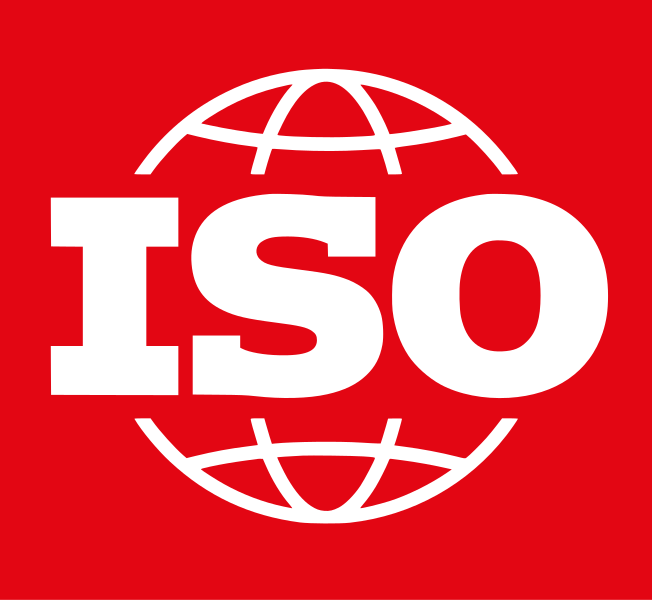Sustainable cities and communities — Indicators for resilient cities
This document defines and establishes definitions and methodologies for a set of indicators on resilience in cities.
This document is applicable to any city, municipality or local government that undertakes to measure its performance in a comparable and verifiable manner, irrespective of size or location. Maintaining, enhancing and accelerating progress towards improved city services and quality of life is fundamental to the definition of a resilient city, so this document is intended to be implemented in conjunction with ISO 37120.
